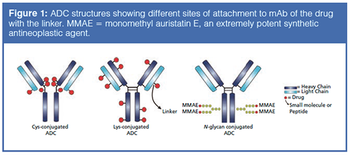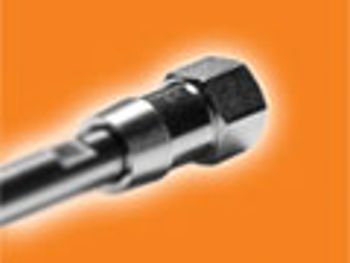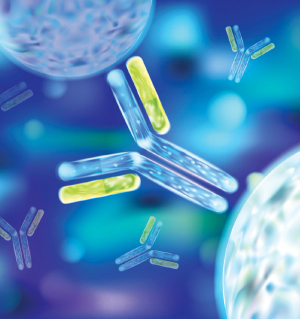
Trypsin is one of the most commonly used proteases in peptide mapping protocols because of its high level of specificity. However, trypsin alone is not always sufficient for full sequence coverage. In this article, the authors detail how trypsin was combined with chymotrypsin to overcome this, and the benefits of an automated platform.









